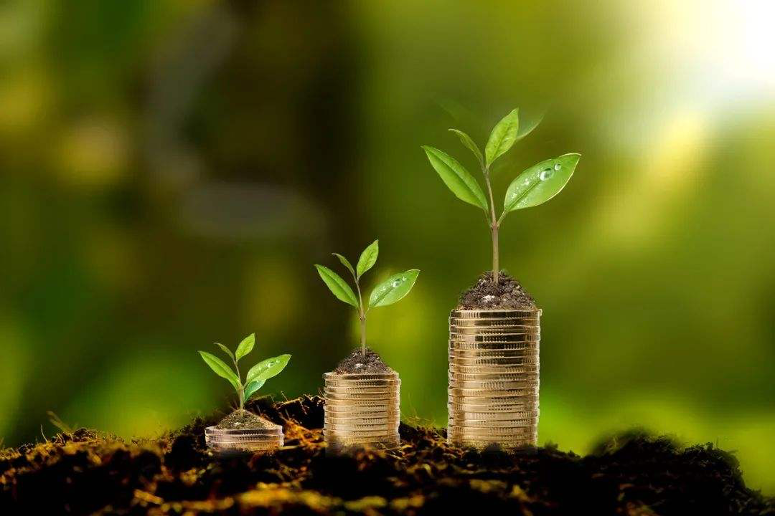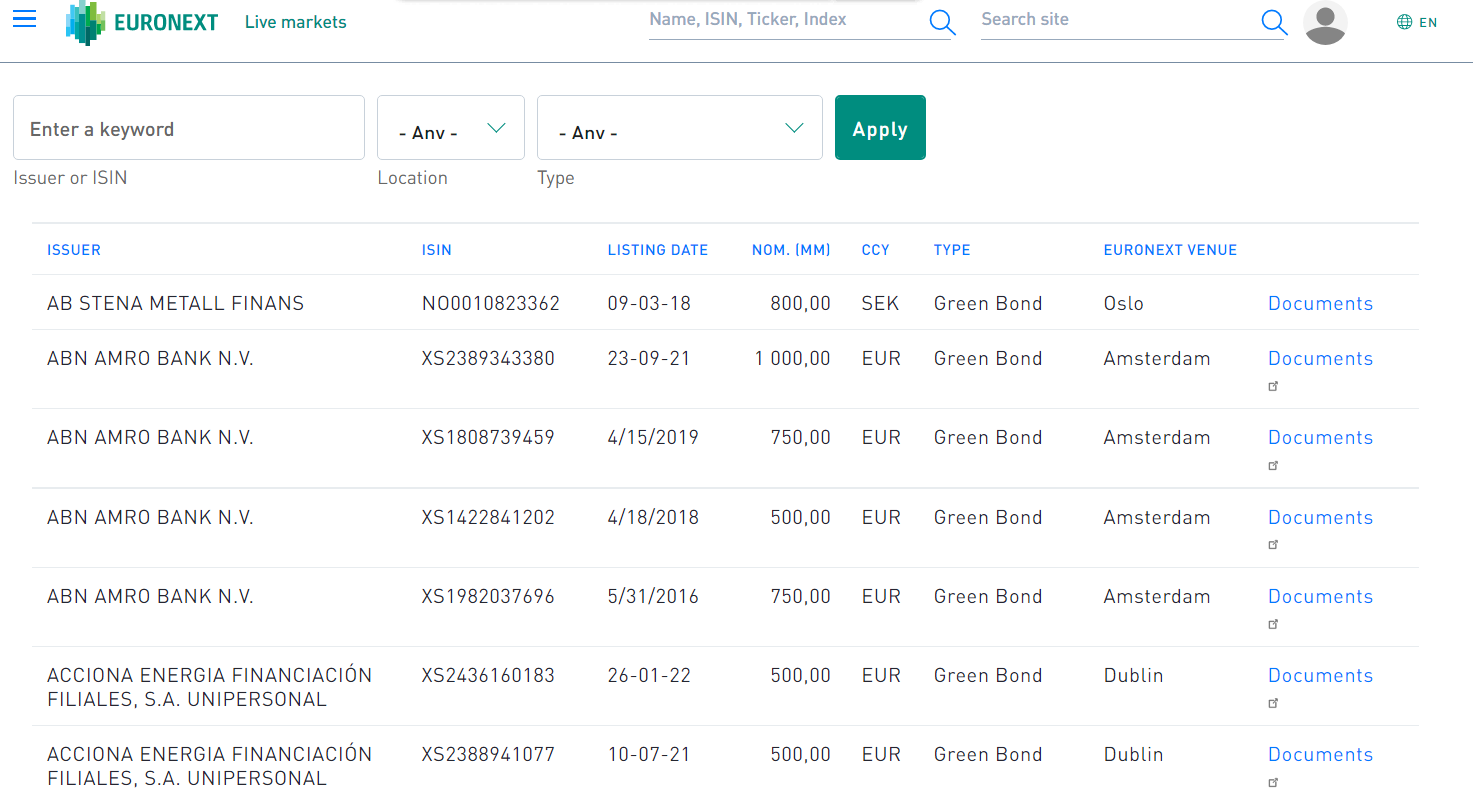What are green bonds?
In this article, Louis DETALLE (ESSEC Business School, Grande Ecole Program – Master in Management, 2020-2023) explains what are the different green bonds and what are they used for.
Green bond
A green bond is a debt security, often issued by a company or public entity on the market to enable it to finance projects related to the ecological transition. These securities function in the same way as traditional bonds, characterized by an interest rate, a repayment schedule, etc. However, green bonds are specific in that the projects financed by this type of bond must be oriented towards preserving the environment. From 2013 onwards, the green bond market has experienced very strong growth worldwide: almost $275 billion of broadly defined green bonds were issued between 2013 and 2017, including over $100 billion in the last year. In 2021, global green bond sales reached a record $513 billion, according to Bloomberg. Despite this explosion of green bonds, the craze for this type of bonds is to be qualified as they remain very marginal compared to conventional bonds, especially in the current context of the war in Ukraine.
What are the main green bond issuers?
Green bonds issuers can consist mainly of states and governments. For example, Europe has an important place in this market: almost 45% of green bond issues in 2019 were denominated in euros, compared to 26% in dollars. Indeed, France was the first country to issue a significant size of green bond, followed closely by Germany, Belgium, Ireland and the Netherlands. 225 billion in green bonds as part of the European recovery plan.
Outside Europe, the US and China are the largest issuers of green bonds. They account for almost 32% of such issues.
On the other hand, green bonds issuers can also consist of large companies. In France, Suez (the water and waste group) issued a first green bond for €2.6 billion in May 2022. This transaction met with strong demand as it was oversubscribed by about 2.9 times by 200 European institutional investors, the group said in a statement. In the meantime, large companies, particularly in the energy sector, have also launched green bond issues with, in France, Engie, EDF or in real estate with the Icade group. The SNCF also issued a green bond in 2016, becoming the first railway infrastructure manager in the world to adopt such an approach. 900 million euros were issued in the first year, then 1 billion in 2017, the largest green issue for a French company, and 500 million in 2019.
US companies have been slower to embrace green bonds, but with a total of $30 billion in green bonds issued in the first 10 months of 2019, US corporate green bond issuance has jumped by 60%. PepsiCo has obtained 1 billion dollars from investors for its inaugural operation in 2019. These 30-year green bonds will be used to finance projects that reduce the use of non-recycled plastic in the manufacture of bottles, limit the consumption of water in its production processes and, more generally, reduce its carbon footprint. The UDR real estate group is one of the recent issuers. In February 2019, it was telecoms giant Verizon that raised $1 billion, attracting eight times more demand than supply.
How are the green bonds regulated?
In the European Union, the regulation of European green bonds is still at the draft stage. The EU is taking further steps to implement its strategy on financing sustainable growth and energy transition.
The EU Permanent Representatives have given the green light to the Council’s position on a proposal to create European green bonds. The regulation concerned sets out uniform requirements for bond issuers who wish to use the name “European Green Bond” or “EuGB. For the latter, the main interest is that this regulation would provide a registration system and a monitoring framework for European green bond issuers.
Environmentally sustainable bonds are one of the main instruments for financing investments in green technologies, energy and resource efficiency, and sustainable transport and research infrastructure. The Council announced that it is ready to enter into negotiations with the European Parliament in order to reach agreement on a final version of the text that will have to be accepted by all Member States.
Outside the EU, in the US, China and elsewhere, green bond regulation is still in its infancy. This raises a major concern: actors can issue green bonds without using the funds for environmental purposes. For example, according to the Climate Bonds Initiative, only half of China’s green bonds comply with international standards. It is precisely for this reason that regulations are more necessary than ever to avoid a green bond fashion
Related posts on the SimTrade blog
▶ Anant JAIN The World 10 Most Sustainable Companies in 2021 …
▶ Anant JAIN Green Investments
▶ Maite CARNICERO MARTINEZClimate change’s impact on the financial sector
Resources
French State’s Website about green bonds
An article by BNP Paribas about the EU regulation on ESG criterias
About the author
The article was written in December 2022 by Louis DETALLE (ESSEC Business School, Grande Ecole Program – Master in Management, 2020-2023).






